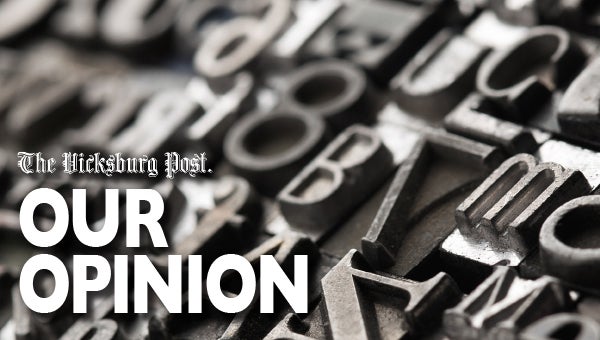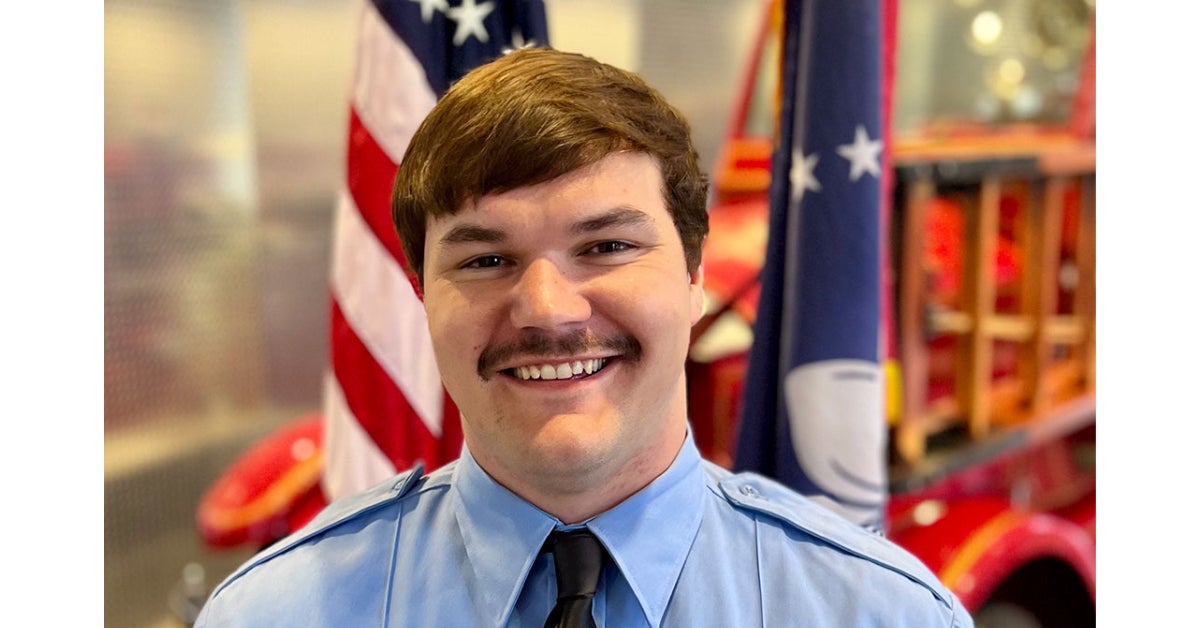Get Better Gas Mileage
Published 11:05 am Wednesday, September 19, 2012
(NewsUSA) – Gas prices are getting as dangerously high as unemployment rates, and both mean a whole new level of penny pinching for the nation’s 99 percent.
As drivers spend about $4 per gallon, finding ways to get better gas mileage is more important than ever. Fortunately, affordable technology is finally catching up to the escalating problem.
Some auto companies are trying to ease the burden of astronomical gas prices by improving technology and making it accessible.
Vision Motor Company is priming its widespread release of alternative vehicles using compressed natural gas (CNG), which can cut fuel costs by up to 80 percent. Besides polluting as much as 90 percent less than traditional gasoline, natural gas vehicles can get 45 miles per gallon on CNG fuel.
But, according to Vision chairman Bob Smith, new fuel-efficient spark plugs called Pulstar Pulse Plugs have truly enabled the newest car, SEERngv, to go mainstream. The Enerpulse Precision Combustion Ignition (PCI) technology in Pulstar Pulse Plugs also increases miles per gallon and significantly reduces hydrocarbon emissions.
“Combustion stability at idle and cold start was also improved,” explained Smith. “VMC is very excited to offer this value-added technology.”
If you’re not yet able to benefit from natural gas vehicles and other enhanced technology, there are more ways to conserve fuel and increase efficiency.
* Install new spark plugs. For the average car, installing quality spark plugs — like Pulstar Pulse Plugs — can make your vehicle perform better than new, mileage included.
* Choose routes carefully. The shortest route may not be the most fuel efficient if it’s littered with stoplights and traffic. Avoid traffic lights if possible, but if not, shifting into neutral will give your transmission a break.
* Replace air filters. You probably don’t need to replace the air filter as often as mechanics suggest, but keep an eye on it. Filters tend to last 20,000 or 30,000 miles, and a clean filter can improve mileage by 10 percent.
* Drive smoothly. We know you’re not going to slow down, but sudden starts, stops and jerky driving hinder fuel economy. Slamming on the brakes wears down break pads and forces you to accelerate more, adding as much as one-third to your gas bill.
Get more help increasing fuel economy at Pulstar.com or www.followpulstar.com.





